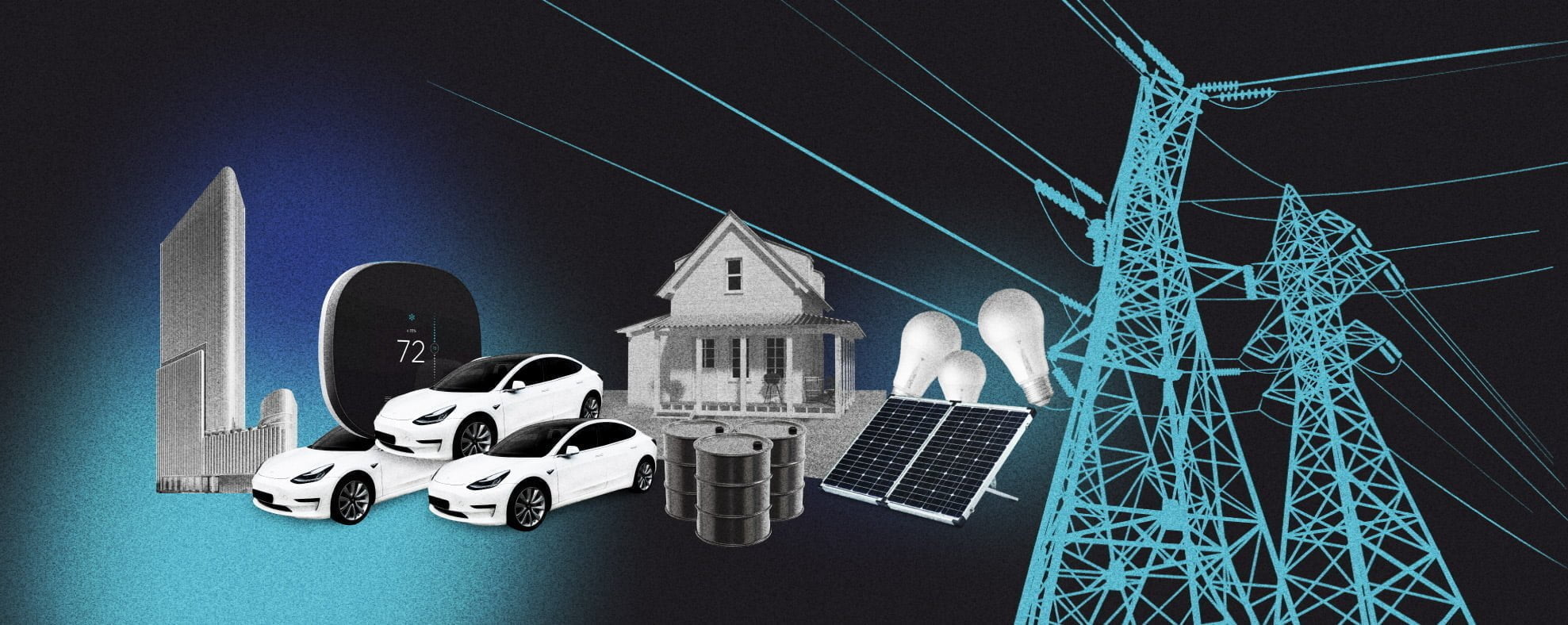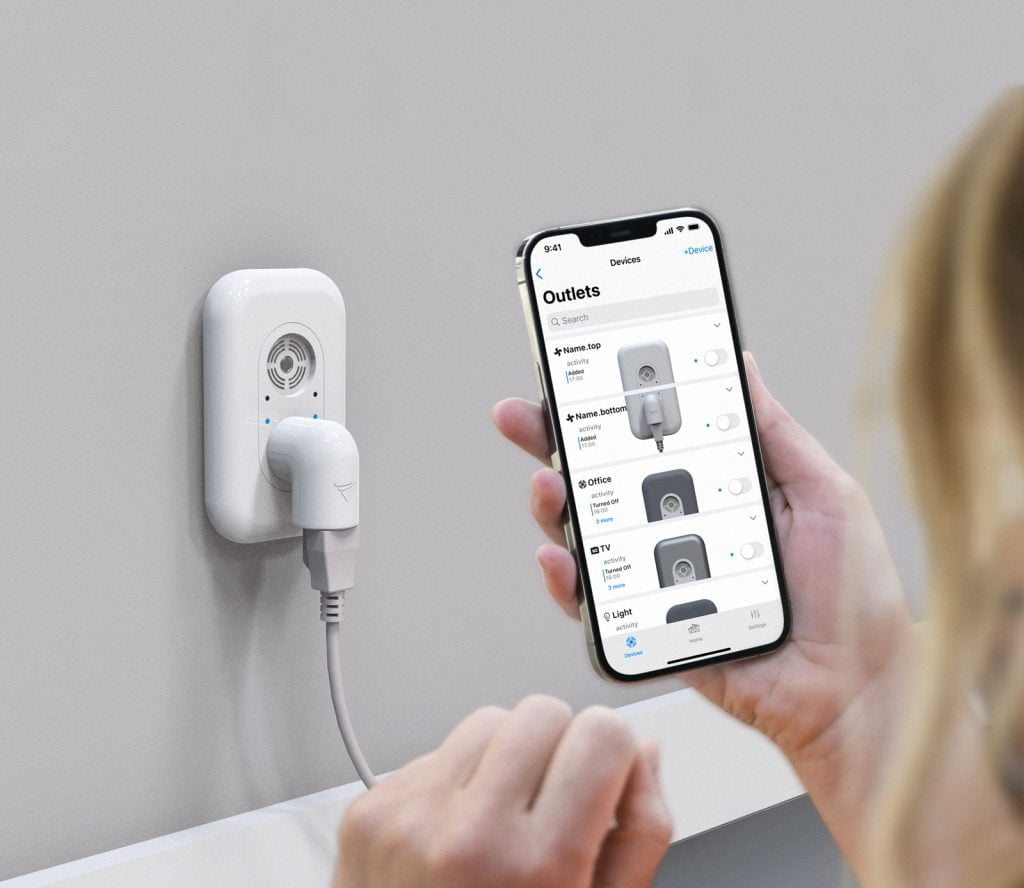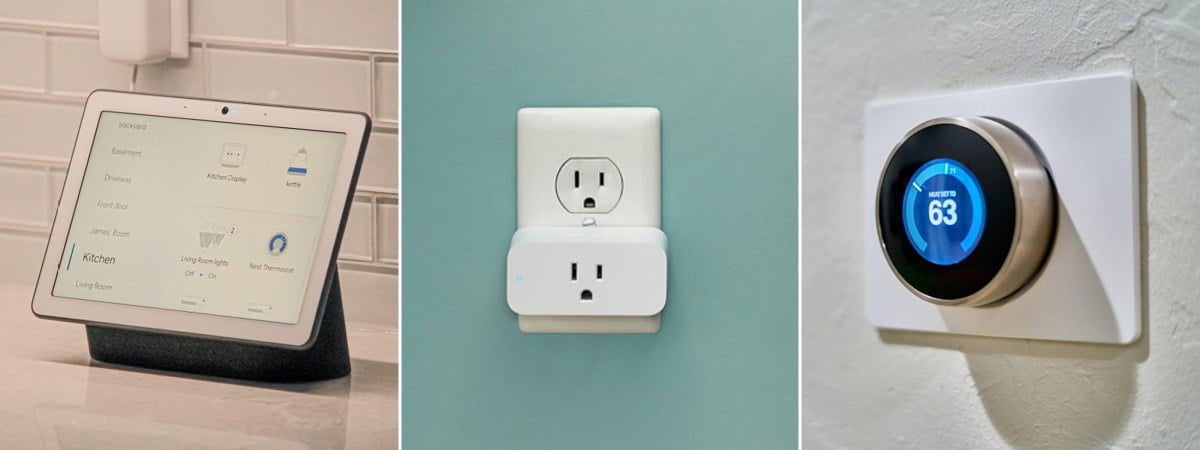
VoltSafe Blog Team – March 14, 2023
Demand-Side Power Management: The Key to Smooth Electrification Transition by 2030
VoltSafe has heard from businesses and industries eager to find a solution to meeting their goal of electrification by 2030. These industries are realizing that depending solely on oil or gas is expensive. Wars and trade disputes have limited oil and gas production. These resources are held by few and become quickly unavailable during times of unrest and disaster. But as we all know, demand does not decrease with supply. Increasingly, countries and industries are turning to electricity as a clean, dependable source of energy to relieve them of their dependence on oil and gas. Electricity can be produced anywhere there is access to water, sun, wind and nuclear energy. However, as more industries turn to electrification, the already overworked electrical grid will be overburdened and power outages will become the norm. Finding real estate and technology to build more facilities to produce more electricity is challenging and expensive. Trying to find these resources by 2030 to meet the needs of an electrified world will be impossible no matter how much money governments throw at it.

It is imperative to build the necessary infrastructure to support the shift to electrification as countries electrify at a rapid pace. Currently, electrical grids are already overburdened by buildings that consume vast amounts of electricity. As mega towers rise around Vancouver, BC Hydro reports show that demand on electrical grids from luxury condos is double that of older buildings. Most of these condominiums draw a large amount of electricity required for heated pools, hot tubs, saunas, gyms, event rooms, full service restaurants and soon EV (electric vehicle) charging stations. It’s easy to see how this will overburden power grids and eventually cause outages in buildings nearby.
But there is no need to fear electrification, if the adoption of demand side power management is included in the move to electrification.
Demand Side Management
Demand Side Energy, or DSM, utilizes strategies and technologies to manage and control the demand for electricity by consumers be they residential, commercial or industrial. The ultimate goal of DSM is to reduce peak demand for electricity. This in turn will lead to a reliable and efficient electric grid. Currently there are a variety of DSM methods that are carried out by utility companies. These include:
- Time of use pricing: Utility companies charge higher prices for electricity during periods of high demand ( peak hours), and lower the prices during periods of low demand.
- Energy Efficiency Programs: Utility companies encourage customers to reduce their electricity consumption by offering incentives for using energy-efficient appliances or implementing energy saving measures ( LED bulbs, window and door seals, programmable thermostats, etc…)
- Load Management Programs: Utility companies can remotely control the customers electricity usage during periods of high demand by turning off certain appliances or devices; especially during times of crisis or to prevent outages
- Demand Response Programs: Utility companies offer incentives to customers who reduce their electricity usage during periods of high demand

IoT & Smart Metering Devices
In the last couple of years IoT and smart metering devices for energy management have started to make an appearance on the market especially with the popularity of Google Nest and Smart thermostats. Here are examples of smart metering devices that help users manage their electrical usage.
- Smart Thermostats – These programmable thermostats learn your heating and cooling preferences and adjust the temperature of the room accordingly. They turn off when no one is around and preheat/cool before you return using a built in timer and schedule.
- Smart Plugs – These plugs use programmed schedules to control when and how often energy is used for specific devices or appliances.
- Smart Appliances – Smart fridges, washing machines and dishwashers can delay the start of a cycle to off-peak hours when electricity is cheaper.
- Energy Monitoring Systems – These systems track a home’s energy usage and provide limited insight into where consumption can be reduced.
One of the current challenges of these smart metering devices and systems is adoption. The two main reasons are cost followed by ease of use. By integrating an energy monitoring function into a smart device like a plug, VoltSafe has developed user friendly, cost effective demand side energy management systems that fit in the palm of your hand; solutions that will help businesses and homeowners successfully transition to electrification. Discover more about VoltSafe Technology and our various solutions.
In our next edition of our Demand Side Management blog series, we will dive into why adoption rates have been low, why we can’t rely solely on utility companies to reduce pressure on the grid, and how VoltSafe’s solutions can help resolve some of the challenges with these demand side management systems with our patented AI technology. After that, we will conclude our series by pulling back the curtain on what we are working on here at VoltSafe and how our AI based technology can help homeowners and businesses prevent outages in 2030.